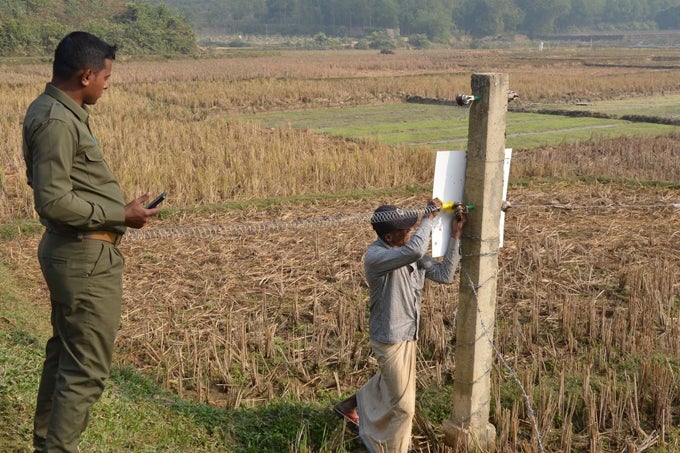The regional project assisted the governments in building and enhancing shared capacity and institutions to tackle illegal wildlife trade across their borders and invest in habitat and wildlife conservation of critically endangered species. It was clear from the onset that these issues would require both national leadership and regional coordination.
Launched in 2011, the project initially had a delayed start. Yet, by December 2016, when the project ended, it became clear that governments coordinated efforts successfully. The three countries participated in regular joint action planning and practice-sharing meetings, signed protocols for and cooperated in transboundary actions, as well as held consultations and public events at the local, national, and international levels .

The project helped to establish the South Asia Wildlife Enforcement Network (SAWEN), an inter-governmental mechanism charged with coordination and enforcement of wildlife laws. National institutions were established and equipped to deal with wildlife crime control. Protected areas were evaluated, management strengthened, and conservation infrastructure built boosting both wildlife populations and better opportunities for ecotourism. Villages and crops were protected from elephants and other wildlife. In Bangladesh, the project’s approach proved to be particularly successful, establishing a national wildlife training center, a state-of-the-art wildlife forensic laboratory, and the initiation of systematic management planning in 11 protected areas.


SAWEN countries are now poised to build on this success story with new initiatives. Bangladesh, for example, demonstrated its commitment to wildlife conservation by regularizing 61 positions in the Forest Department, and requested IDA resources for a follow-on project to scale up and strengthen forest and wildlife management in collaboration with communities.
Nathalie Weier Johnson, Senior Environmental Specialist with the World Bank also contributed to this blog.


Join the Conversation